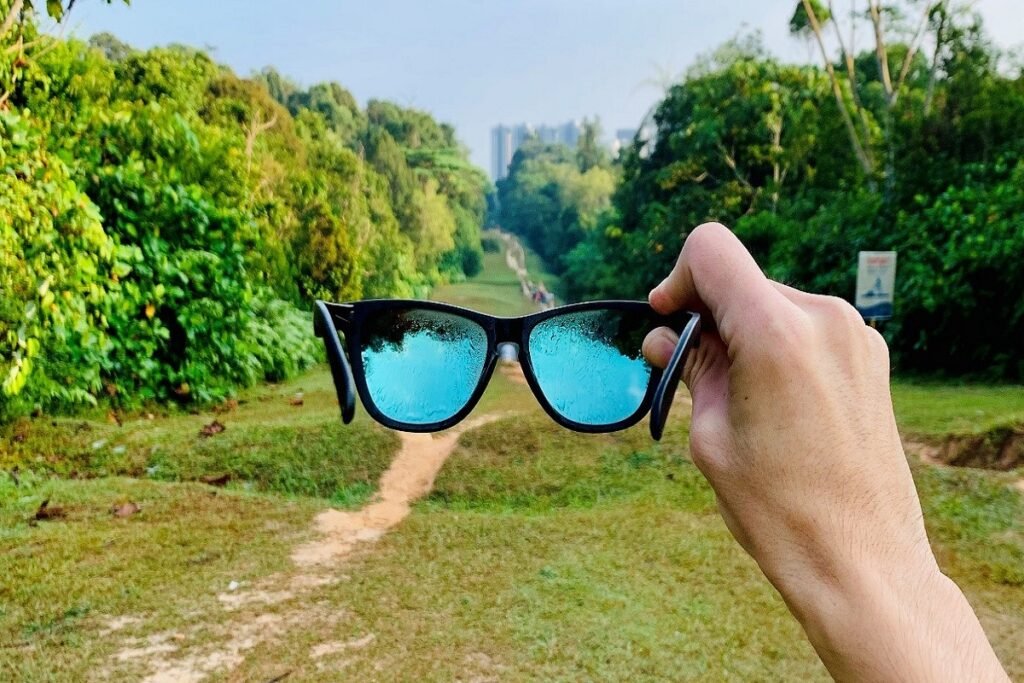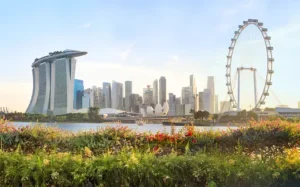What Types of sunglass for sunlight
1. Clear Glass: The most prevalent kind of glass used in building is clear glass. It lets light go through without being distorted,it ideal for maximizing natural light penetration. However, clear glass offers minimal insulation properties, leading to heat gain in warmer climates and heat loss in colder climates.
2. Low-E glass: also known as low-emissivity glass, is made of a thin, transparent layer of material that lets visible light through but reflects infrared energy. This coating is a great option for increasing energy efficiency without sacrificing natural light since it helps to prevent heat transfer. Different coating thicknesses of Low-E glass provide varying amounts of solar control and insulation.
3. Tinted Glass: To lessen the quantity of sunshine and glare that enters an area, tinted glass is manufactured with colorants mixed into it. Tinted glass efficiently absorbs UV rays and solar heat gain, but it also lessens visible light transmission, which might make the inside feel less bright. When privacy is an issue or in areas with strong sunlight exposure, tinted glass is frequently utilized.
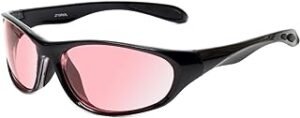
4. Reflective Glass: Reflective glass, also known as mirrored glass or solar control glass, features a metallic coating that reflects a portion of incoming solar radiation while allowing visible light to pass through. This type of glass is commonly used in skyscrapers, commercial buildings, and greenhouses to minimize heat gain and glare. Reflective glass is available in various colors and degrees of reflectivity to suit different aesthetic preferences and performance requirements.

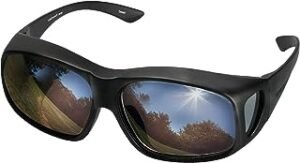
5. Patterned Glass: Patterned glass incorporates textured designs or patterns on its surface, diffusing sunlight and providing privacy without sacrificing natural light. It is often used in interior partitions, doors, and decorative applications where both functionality and aesthetics are desired. Patterned glass can create visually appealing effects while maintaining a comfortable indoor environment.
Factors to Consider When Choosing Glass for Sunlight




1. Orientation and Climate: A building’s orientation and geographic location are important factors in choosing the right kind of glass. Glass with greater solar control qualities is necessary for buildings that face the south or west because of the possibility of increased solar radiation and heat gain. Maximizing solar gain with high-performance windows can help lower winter heating bills in colder areas.
2. Energy Efficiency: By reducing heat transmission through windows, energy-efficient glass, such as low-E and reflective glass, can assist lower heating and cooling loads. Building owners may maximize energy efficiency and maintain pleasant indoor conditions all year round by choosing glass with the right solar heat gain coefficients (SHGC) and U-values.
3. Daylighting and Comfort: By maximizing daylighting, glass facades and well-placed windows may enhance occupant well-being, productivity, and comfort. For areas where natural light is sought without sacrificing thermal performance, clear or low-E glass with high visual light transmission (VLT) is preferred. Furthermore, glass that has been tinted or diffused can reduce glare and improve the aesthetics of the space.
4. Preferences for Aesthetics: The color, transparency, and reflection of glass may all affect how a building looks overall. When choosing glass kinds and coatings, architects and designers frequently take the surrounding structures, the natural environment, and glass facades into account for visual harmony. Customizable elements that improve visual attractiveness include textured surfaces and ornamental patterns, which provide design freedom.
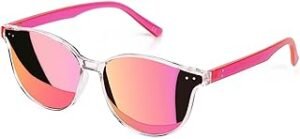
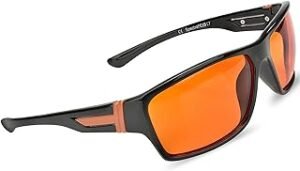
Conclusion :
It’s important to carefully weigh aspects including solar control, energy efficiency, daylighting, and aesthetic preferences when selecting glass for solar energy harvesting. Architects, builders, and homeowners may create comfortable, environmentally friendly, and aesthetically beautiful rooms by making educated selections based on their awareness of the qualities and performance characteristics of various varieties of glass. The right glass selection is essential to attaining desired results, whether the goal is to maximize natural light in a private home, increase energy efficiency in a business structure, or create a colorful indoor garden in a greenhouse. There are countless opportunities for creative and ecologically conscious design solutions as long as glass technology keeps developing.

